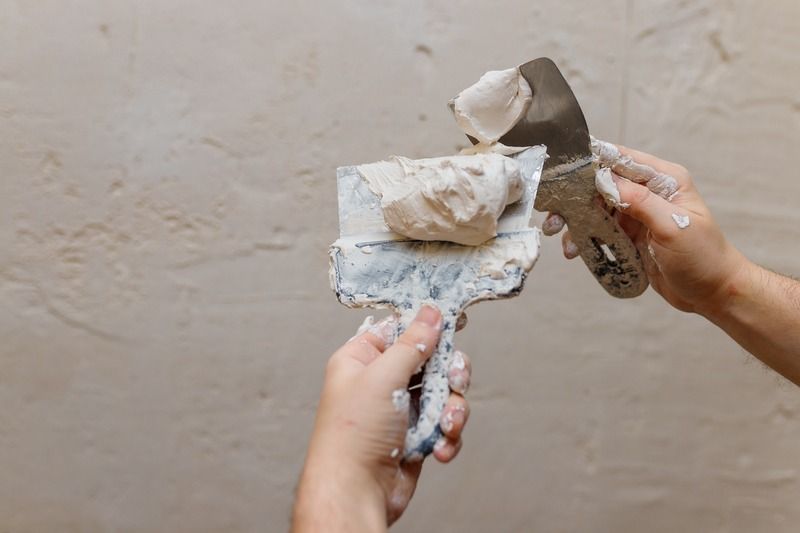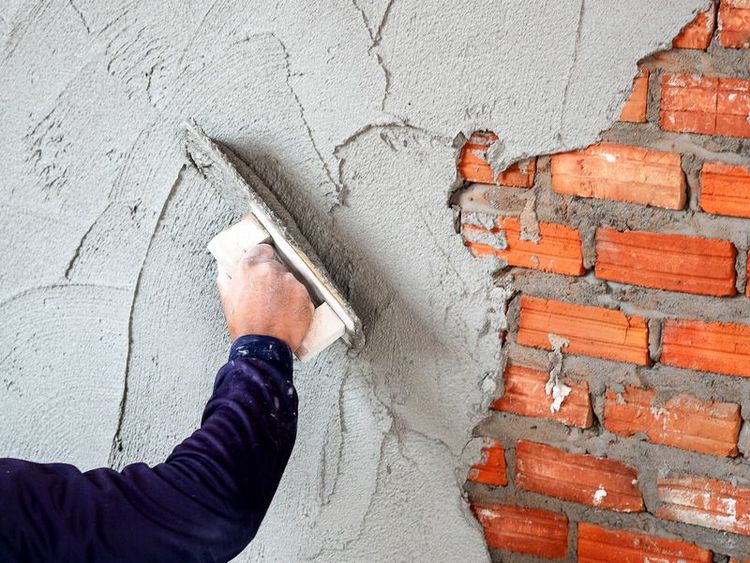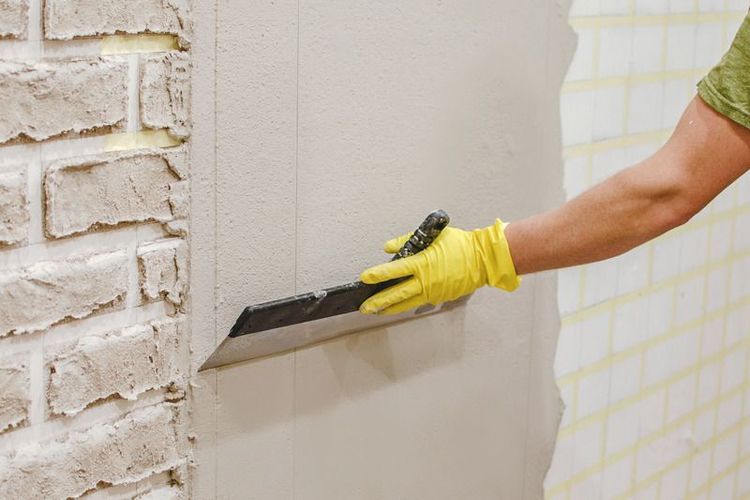Different types of plastering techniques
Traditional plastering involves applying a base coat of plaster (often a mix of sand, cement, and lime) followed by a finishing coat. Skilled craftsmen typically perform this technique, applying the application manually using a hawk and trowel.
Skim coating involves applying a thin plaster or joint compound layer over a wall or ceiling to create a smooth surface. It's commonly used to repair or cover imperfections and is applied with a trowel or a wide knife.
Venetian plaster involves applying multiple layers of thin plaster mixed with marble dust. It creates a polished, marble-like finish with depth and texture. Skilled artisans use specialised techniques like troweling and burnishing.
Spray plastering involves using a spray gun to apply plaster mixtures onto walls or ceilings. It's faster than traditional methods and is often used for larger areas. It requires skill to ensure an even application.
Pebble dash involves throwing small pebbles or stone chips against a wet render (plaster mix) coat. The stones adhere to the surface, creating a textured finish often used for exterior walls.
Stucco is a durable exterior plastering technique made of cement, sand, lime, and water. It's applied in multiple coats and can be textured or smooth, providing weather resistance and aesthetic appeal.
Roughcast plastering, like pebble dash, involves adding aggregates like gravel or pebbles into the plaster mix. The textured finish is achieved by throwing the mixture onto the wall and then levelling it.
Factors to consider when choosing cement for plastering
Type of surface: consider the surface you're plastering—interior or exterior walls, ceilings, or specialised areas like bathrooms. Different characters might require different types of cement for better adhesion and durability.
Cement grade: cement comes in various grades denoting their strength. Consider the load-bearing capacity required for the specific area you're plastering. Higher rates offer more strength but might not always be necessary for all surfaces.
Climate and weather conditions: The local climate influences the choice of cement. For instance, selecting adhesives with appropriate weather-resistant properties is crucial to prevent cracks or deterioration in areas prone to extreme temperatures or moisture.
Workability and setting time: Some cements offer better workability, making them easier to apply and finish. Additionally, the setting time of the cement matters, especially for large projects or when time is a constraint.
Admixtures or additives: Consider if you need to add specific admixtures or additives for enhanced properties like water resistance, improved workability, or accelerated setting times. Ensure compatibility between the cement type and additives.







 +91 7208055523
+91 7208055523
 Help & support
Help & support
